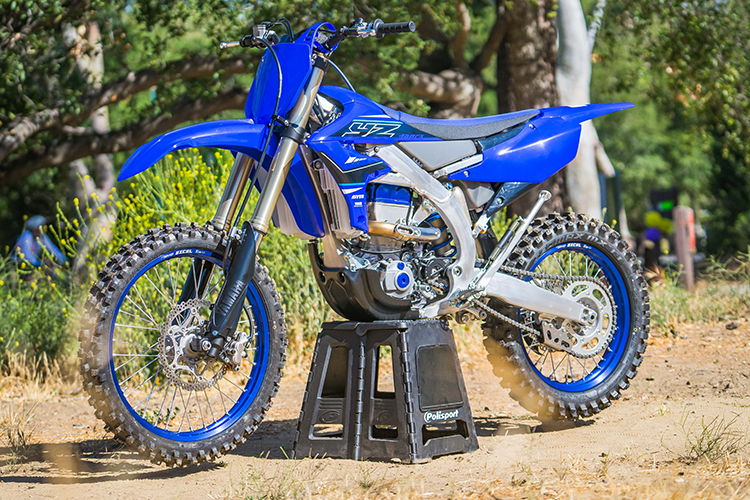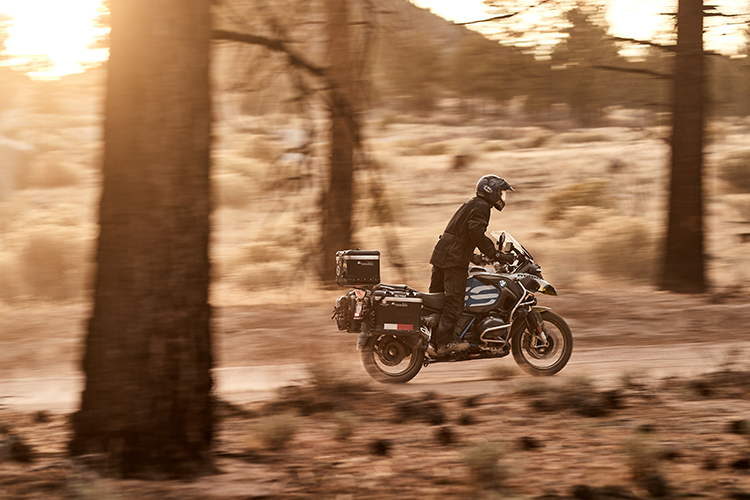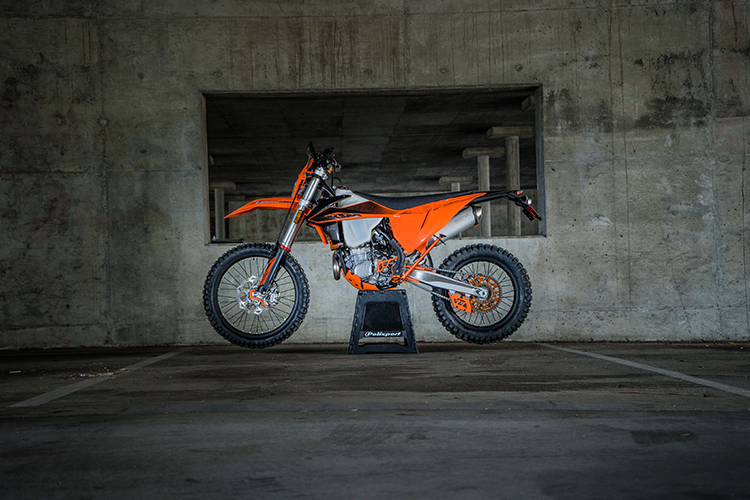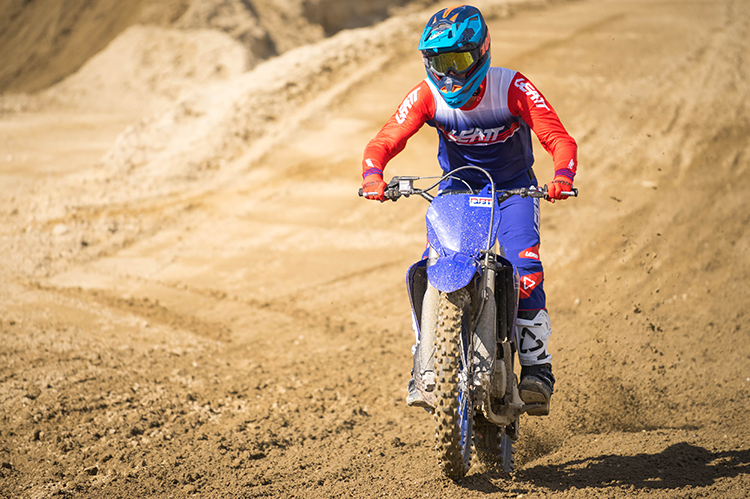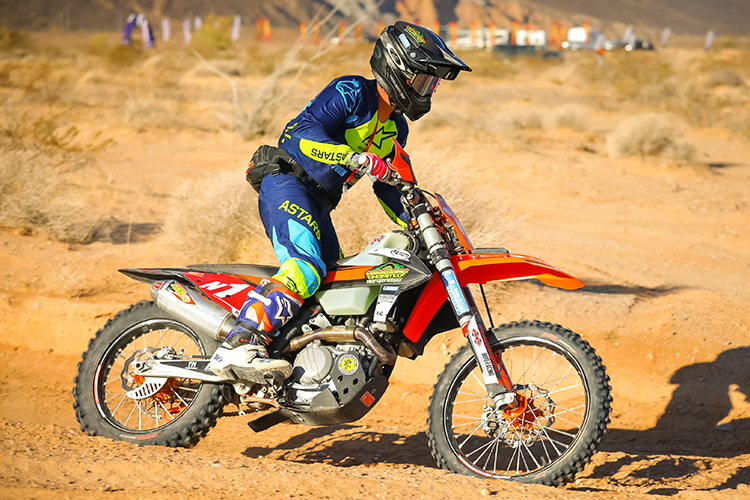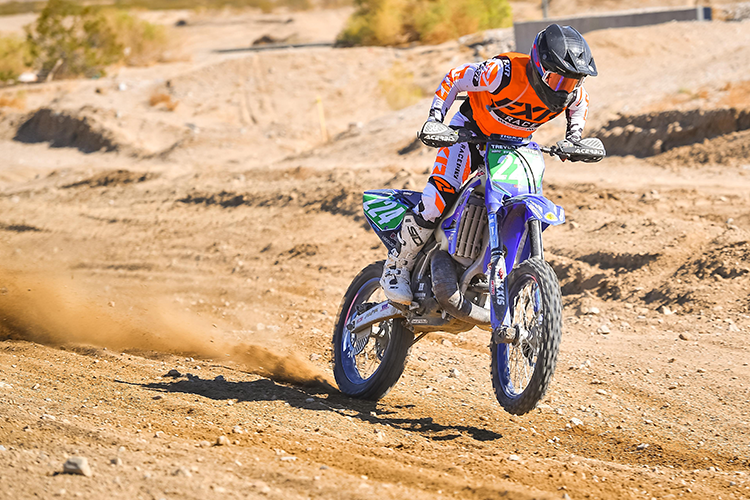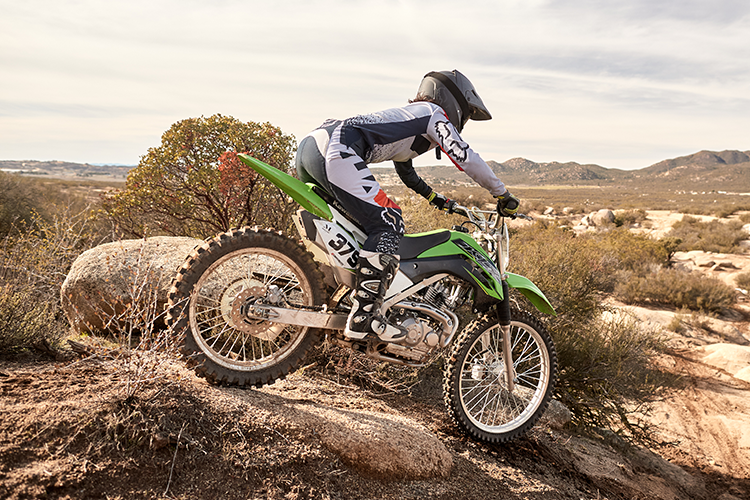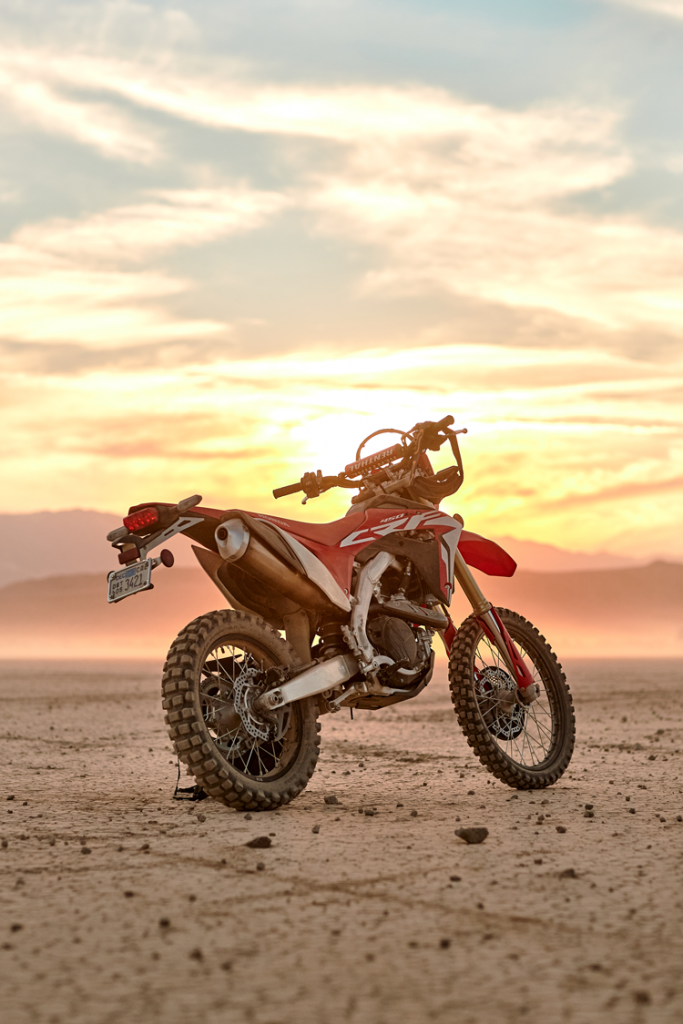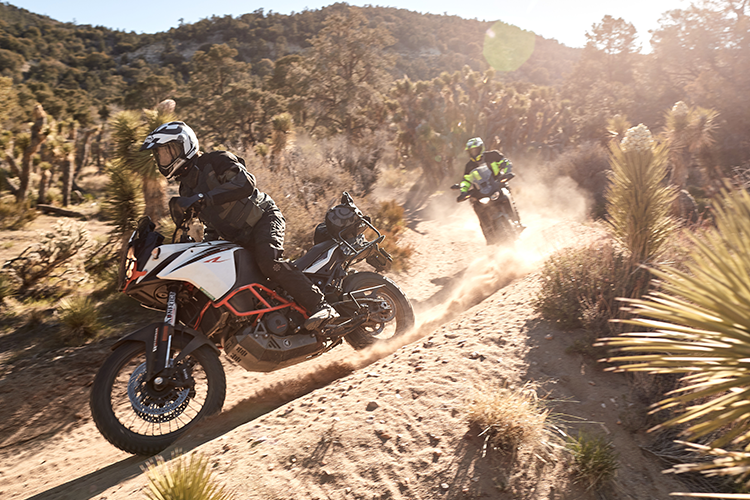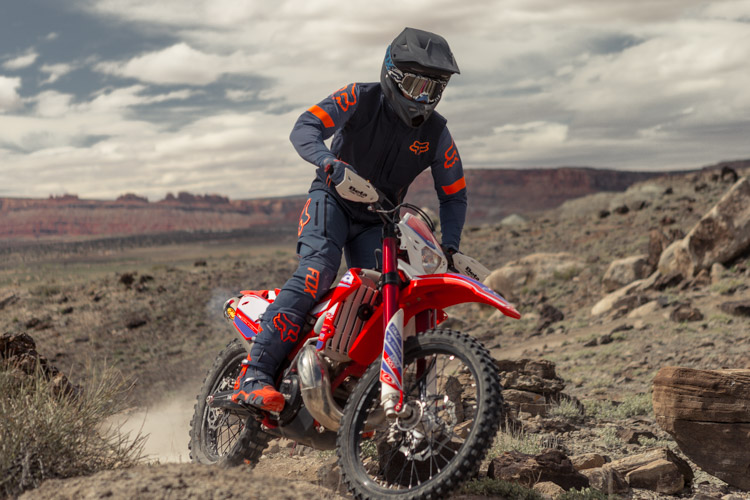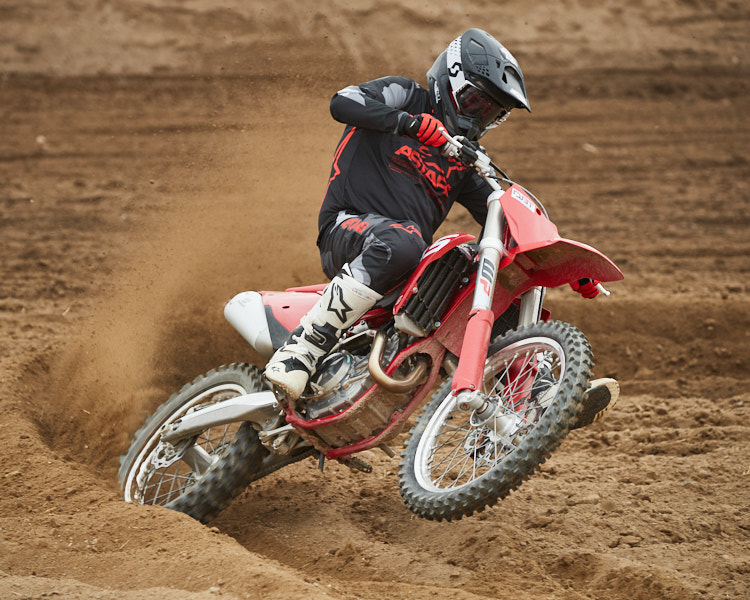Finding The Best Bike For You
Story by Jimmy Lewis
Photos by Drew Ruiz, Trevor Hunter, Jimmy Lewis
If there is one question we get more than any other, “What is the right bike for me?” Now, it may not come across in those specific words, but the question is always prevalent. One may be comparing two or more motorcycles like “I have bike X, is bike Z a better choice for me?” Or, more common is the classic “What do you think about the ‘insert bike name here?’”
If you are an experienced rider, this may seem like such a naive question, but then again, we get asked this all the time so it must hold water. Many soon-to-be or new riders are even afraid to ask this question for fear of ridicule. It isn’t the easiest to answer, but we are going to attempt to break it down. Why? You may learn a few new tricks, just like I did in challenging myself to write this piece.
Where Do We Start?
Let’s start by asking a few questions, one in particular. What type of riding do you plan to do? You may not even know the type of riding, or it’s specific genre. But something is inspiring you to get a motorcycle. Don’t worry, a quick search of photos or videos will likely answer that question, but more specific information is needed. Don’t use a picture of just the bike. Yes, “Mr Know-It-All” (a novice rider) will point at a dual-purpose bike and not know whether it’s for supercross or trail riding. You look right over the fact that those two bikes look very similar to an untrained eye.
A lot of us have been to a dual-purpose event and there is always that one person that shows up on a motocross bike and has no idea what’s wrong. It’s a motorcycle, isn’t it? To the uninformed, all “those types” of bikes look the same. So for targeting the correct machine, generally identifying physical riding location will be a better indicator. If they choose a stadium over a lush green forest, that should tell you something. Even for those in the riding game for a while, some of the specific genres of equipment go unnoticed. Multiple brands have bikes that go from motocross to trail riding and look very similar. The prices and spec sheet will not necessarily tell you which one is the right choice. Purchasing “almost” the right bike isn’t that uncommon. Here is where it starts to get tricky.
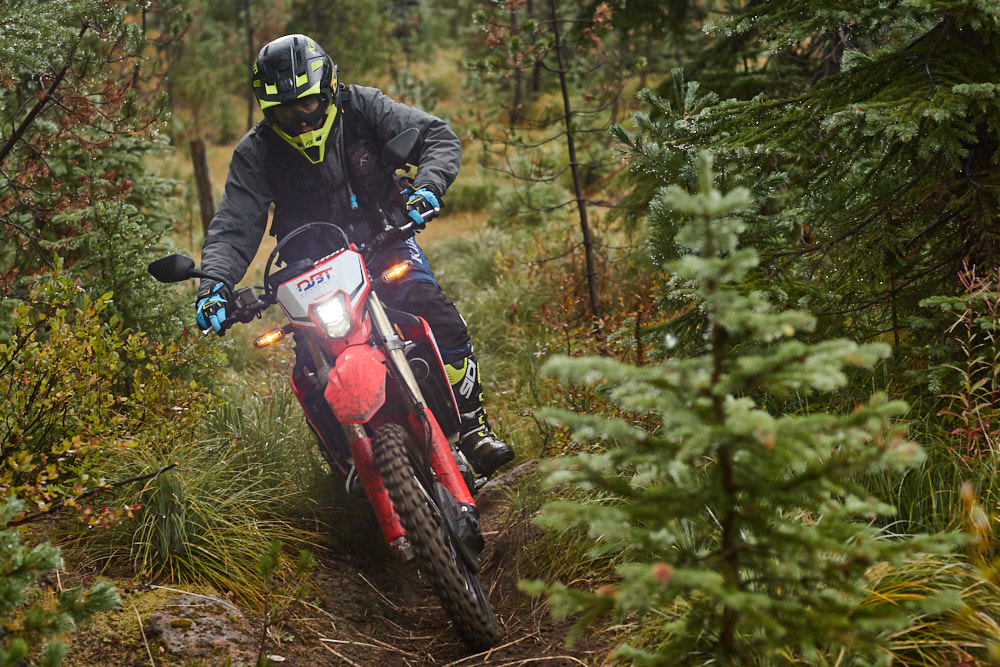 Competition Or Not
Competition Or Not
One easy breakdown is to understand if the rider is looking to compete or not. That will really split the field in the types of bikes. There are bikes designed and built for competition and there are ones that don’t really fit in that group. Now it is quite true that if two guys line up next to each other on motorcycles, a race will break out, but we’ll leave that one alone. Do you think for even a minute one of the manufacturers imagined the 110cc playbike would be raced around by adults in backyards?
Competition bikes are more aggressive, more focused, and less durable when not maintained to a higher level. Typically, they require a higher skill level to operate proficiently and offer even long-time riders the ability to grow in skill without the bike needing modifications. The downside is competition machines are less versatile, require modifications to go outside their intended use, and even at that, some things are difficult to alter–think transmission ratios, stiffer chassis and suspension settings, fuel range, and lack of creature comforts as simple as a kick-stand.
Non-competition bikes go from the beginner or entry-level types all the way to full-blown adventurer touring rigs that basically are expert level machines. Yes, just as a beginner can operate a competition bike, so too can it take an expert to operate one not designed to be raced. Even further, some entry-level bikes pack enough performance for seasoned riders who know how little of a machine’s ability they actually need and use. With this simple yes or no question answered, you can narrow the focus: Are you going to race?
Category
In choosing a category or discipline, lines get blurred and mistakes are made. In the past, there were do-all motorcycles because there were so few choices. The push to make dirt bikes better led to segmenting and sharper targets. Motocross, off-road race bikes, play bikes, dual-purpose, and adventure all became more defined. Now, between segments we have motocross bikes with more off-road setups, higher performance play bikes, dual-purpose bikes that stretch legs into adventure, and light-weight adventure bikes meant to act like dirt bikes. Essentially, we have many Unicorn bikes that really try to do it all by being less of each of their sums and more focused on exactly what you intend to do. Simply put, they do a lot of everything, and in turn, nothing quite well. Not a problem if you know exactly the type of riding you like to do. (See question #1.)
For some, knowing the type of riding is an easy answer, they know from experience. For newer riders or those switching categories, they may not be exactly sure. Sure, motocross looks and seems fun till the jumping scares the bejeezus out of you. You may be set on adventure riding till 600-pounds of adventure is more than you ever expected in the dirt. And if you bought the bike before knowing what was going to happen, you may be turned off from that riding dream or category quicker than the for sale sign goes on your recently purchased ride. You can hang out in every group on Facebook but until the tires hit the dirt 90% of what you may have learned will not compute. The advice from peer-reviewed social media posts was likely worth all that you paid for it.
From vast experience I can offer you some sage advice. If at all possible try renting or arranging a test ride in the category and conditions you dream about. Manufacturer or dealer demo days are excellent and a great way to get the wallet unbuckled. If you notice a trend with a popular or common bike most seem happy with, there is a reason. Going used at first is a great option, after all if you don’t like the bike there isn’t much stopping you from selling it for minimal loss. And if you did buy and “settle” for something less than originally desired, the added experience will have you in a better position to get to what you originally considered or perhaps help you alter your choice.
The most common mistake (aside from the typical buying too much bike) is getting the wrong bike for the job. Whether a salesman talks you into something “better” or there is a deal too good to be true, both scenarios typically end in an unhappy rider. Fixing or modifying a bike that isn’t right is usually more costly than just paying up front for the right bike. Knowing the small ego ding you get from having less bike and owning it is way less crushing than showing up with “the” bike and your motorcycle owning you. Having a good idea of Category and making sure your bike fits that niche are excellent rules to follow.
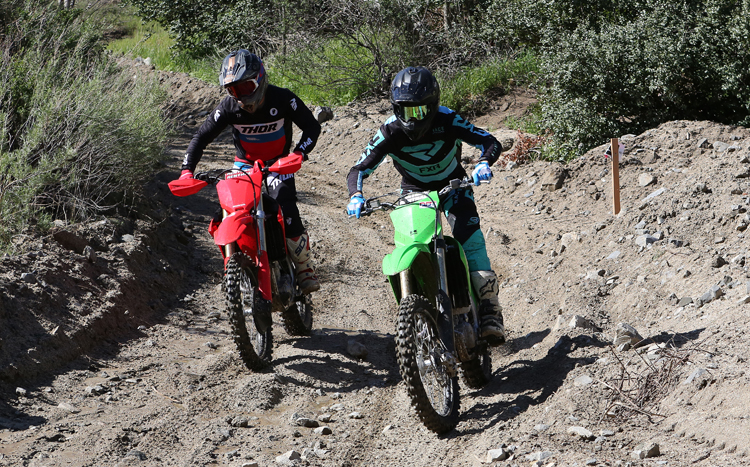 Do Your Research, But Not Too Much
Do Your Research, But Not Too Much
If I didn’t know much about something, I’m usually doing some searching around on the internets (yes, it’s a bunch of tubes with informations flowing through them…look it up) doing some learning. Because I produce so much content and consume a lot of content in an area I’m a so-called “expert” at, I see trends. I can distinguish BS from fact. Opinion from evidence. Listen or see when someone is using fancy words or supplied information in place of real world experience and know-how. I think most viewers are good at distinguishing good versus bad information until you get really excited about something. Motorcycles are pretty good at relieving us of a little common sense, maybe that is why we like them so much. But like the human body’s exit hole, everyone also has an opinion and the internets have no waiting and ample parking.
Whether it is an above-mentioned rider full of sour grapes or the all too typical “Mr. No Blame” who had an issue with a particular machine, they can spew their story. Or more common, they re-tell the tale they heard from a friend who heard it from another friend. Then bad news travels fast. Always factor that into your search results. And be careful what you read into your manual’s service intervals. After all, you are strictly adhering to the one that came with the car or truck or any piece of equipment you own, correct? Next point is in how easy it is to appear as THE expert these days. Just like you can buy the best gear that only the pros used to have access to and stand next to your tricked out machine while posing till you ride, the same can be true for advice and opinions from even name brand outlets. Digital technology has made it so someone who can post a sweet picture and cut and paste can come across better looking than the guy with 40-years of riding experience. Don’t ask how I know.
Valuable research involves finding the right dealer and knowing how you will get parts and service if you need that. Understanding if you have the right places to ride. Are there clubs to join, trusted user groups, events to participate in? Plan out a dream scenario, play it out in your head, throw a few monkey wrenches into that plan and see how you and your bike will come out. Pay attention instead of paying the price for buying mis-information.
Compromises
Growing into a bike is not a good idea. Especially for kids. Getting a competition bike to go trail riding for the first time ever can leave you with a fried clutch and beat to a pulp.The tall first gear for racing and stiff suspension for hitting bumps and jumps will wear you down like you never imagined. Ditto for the rider buying the 1290cc Adventure machine for his first “dirt bike.” When no measly 500cc machine will do, it is hard to explain that about 1000cc of that power is just a bonus on how much spinning the tire does, even in good traction. After the third time picking the bike up and the $600 in damage, riding isn’t what it was chalked up to be.
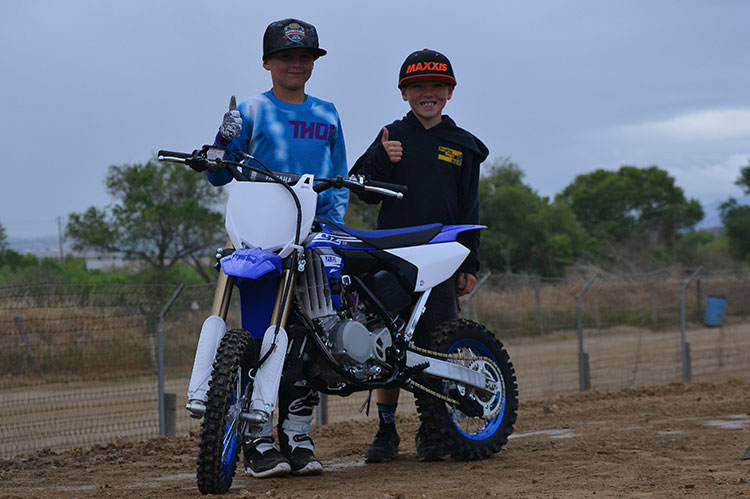
Your first thought may be to have a little extra bike in reserve for later. Experience tells us that you need the bike to fit as good as it can from the beginning. As your skills grow you can make up for what you feel the bike may lack. During this time, you gain experience and become more educated for the next bike in the future.
Trust Your Gut
You know what you feel in your gut when it is telling you a particular bike or riding category is right for you. That feeling goes right down to buying time and most have pretty good feelings, experienced or inexperienced, when choosing a bike. In all of my years, every good gut feeling I’ve had, buying new or used, has played out positive. Bad feelings–should have trusted my gut– ended negative.

It’s Like A Relationship
This may seem like a reach, but I’ve found it true. Buying a motorcycle is like dating. In the beginning, you might make some bad decisions. Pick a bike like you made your choice on a first crush and you will find that “smoking hot” or “easy” were not the traits you are looking for in a long term relationship. In time, bad traits arrive, and then spill over, wrecking what seemed like the perfect scenario at that moment. It may take a few tries to really figure it all out, but that’s part of the learning process. Getting the right bike could take some experimenting too. Some riders need multiple bikes. Some riders are not happy until they modify a bike beyond recognition, dumping lots of money into a bike trying to make it into something it is not, then basically give it away, all hopped up.
Luckily you do not marry your bike, unless you are strange-or a payment plan on a loan has this language in it. You are free to switch it up. If your real-world significant other approves, of course. Making a mistake isn’t a mistake if you learn something from it. That is called a lesson.
Conclusion
There are so many choices out there. The biggest mistake you can make is getting the wrong bike for you. Try and stay away from thinking there are good and bad bikes. There are bikes that are right for you and bikes that are wrong for you. That there is only one brand for you. Going through a simple mind exercise like identifying what you intend to do with the bike, then identifying the bikes in that category, is Step 1. Doing research that involves finding the right information as opposed to going down rabbit holes and becoming confused is Step 2. Then biting the bullet and buying that bike is Step 3.
